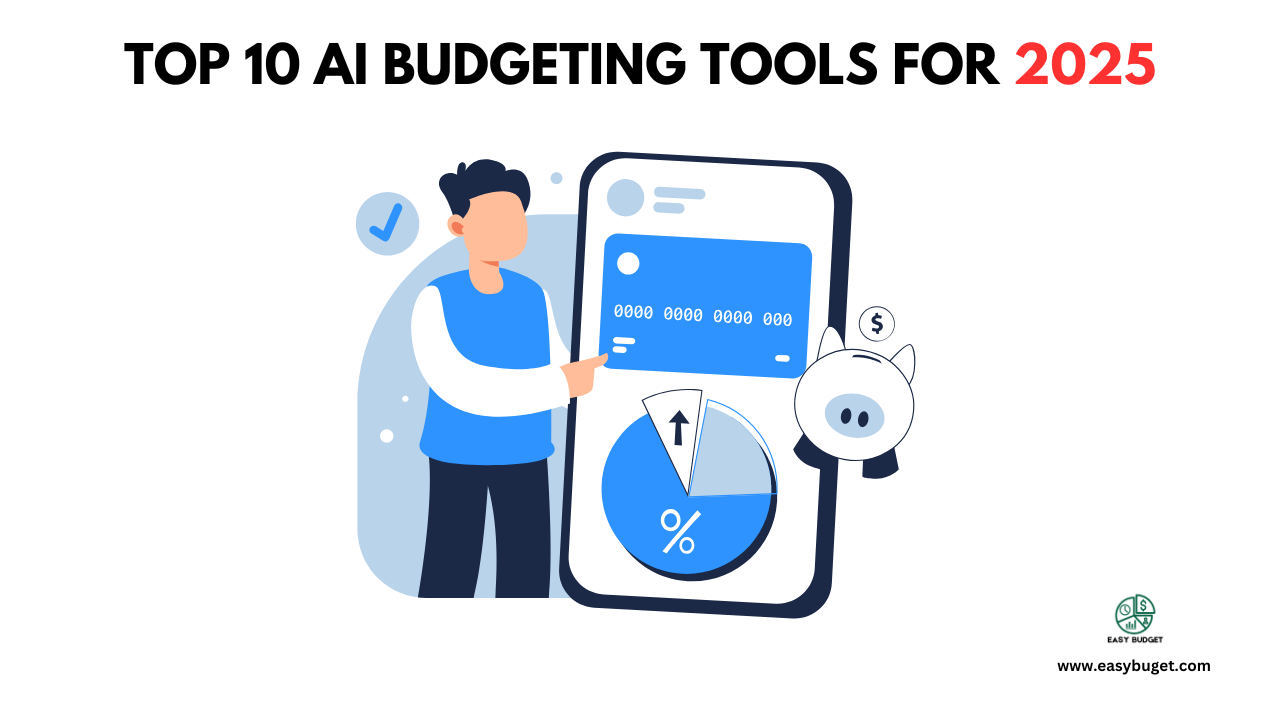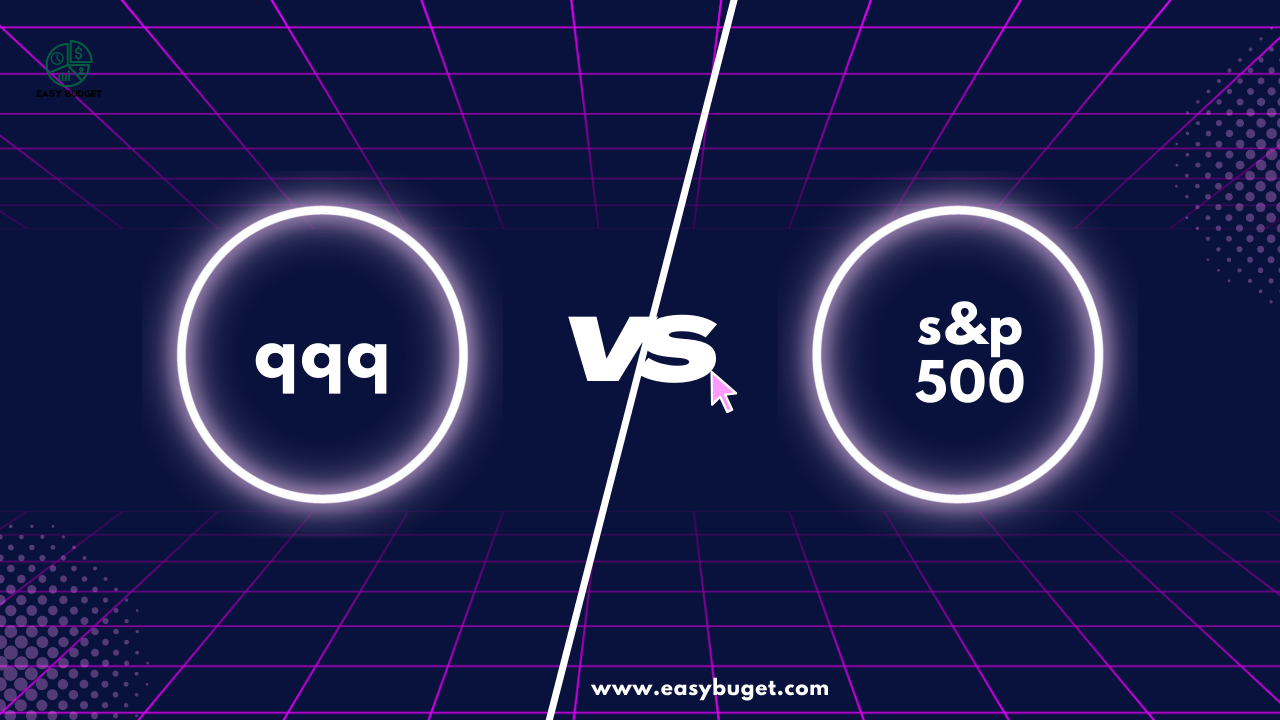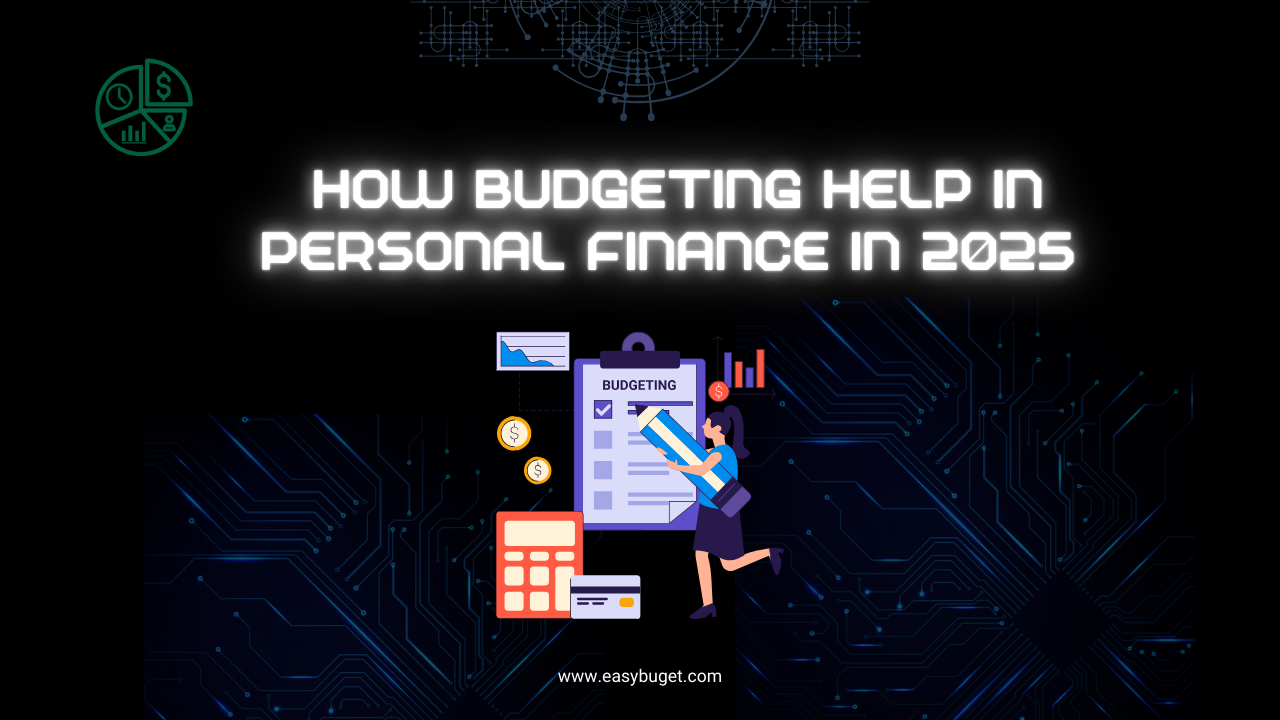Managing finances can be challenging, especially when you are dealing with multiple expenses and goals. Thankfully, technology has revolutionized the way we approach budgeting. AI-powered budgeting tools are now more easy to use than ever, offering automation, personalized insights powerful analytics and many more to help you to stay in control of your money. Whether you’re an individual looking to save or a business owner managing complex finances, these tools can make budgeting smarter and simpler.
In this guide, we’ll explore the top 10 ai budgeting tools of 2025 that can help to streamline your finances and keep you on track for financial success.
What are ai budgeting tools?
AI budgeting tools use artificial intelligence to analyze financial data, identify spending patterns, predict future expenses and provide personalized recommendations. Unlike traditional methods, these tools automate many tasks, such as categorizing transactions, setting up budgets and offering actionable insights etc.
Key features of ai budgeting tools:
- Expense tracking: Automatically tracks and categorizes expenses.
- Predictive analytics: Helps forecast future spending based on historical data.
- Goal setting: Assists in setting and achieving financial goals.
- Alerts & notifications: Provides reminders to avoid overspending.
Now, let’s dive into the top 10 ai budgeting tools of 2025.
1. PocketGuard
PocketGuard simplifies budgeting by showing you exactly how much disposable income you have after covering bills, goals and necessities. Its AI-powered algorithms track spending in real-time and alert you if you’re overspending in specific categories.
Key features:
- “In My Pocket” feature shows leftover cash.
- Automatic categorization of expenses.
- Savings goal tracker.
Perfect for:
Individuals seeking a no-frills, automated budgeting app
Pros: Easy to use, visually appealing interface.
Cons: Limited customization options.
Click here to signup on PocketGuard.

2. Empower
Empower combines budgeting with investment tracking to give a comprehensive financial overview. Its ai budgeting tools analyze spending habits and recommend areas where you can save.
Key features:
- Budget tracking and investment insights.
- Smart saving suggestions.
- Monthly spending reports.
Pros: Great for those who wants to balance budgeting and investing.
Cons: Subscription required for premium features.
Perfect for:
Users looking for a budgeting app with advanced analytics.
Click here to signup on Empower.

3. Rocket Money
Formerly known as Truebill, Rocket Money focuses on optimizing recurring expenses. The AI-powered app identifies and negotiates lower bills, cancels unused subscriptions and tracks spending.
Key features:
- Subscription management.
- Bill negotiation services.
- Expense tracking and budgeting.
Pros: Saves time and money by tackling recurring costs.
Cons: Limited features for advanced budgeting.
Perfect for:
Managing subscriptions and eliminating wasteful spending.
Click here to signup on RocketMoney.

4. Planful
Planful is designed for corporate budgeting and planning. It offers AI-driven insights and forecasting tools that help businesses align their financial strategies with long-term goals.
Key features:
- Advanced forecasting tools.
- Scenario planning and reporting.
- Collaboration features for teams.
Pros: Scalable for small to large businesses.
Cons: Requires training to use effectively.
Perfect for:
Businesses needing robust financial planning.
Click here to sign up on Planful.

5. Quicken Simplifi
Simplifi by Quicken focuses on giving users a clear picture of their finances. It tracks spending, monitors subscriptions, and offers customizable budgets.
Key features:
- Personalized spending plans.
- Insights into recurring expenses.
- Multi-account tracking.
Pros: User-friendly interface with robust tools.
Cons: Subscription required.
Perfect for:
Individuals who want a simple yet detailed financial app.
Click here to signup on Quicken Simplifi.

6. Fudget
Fudget keeps things simple. It doesn’t overcomplicate with graphs or predictive features, making it perfect for users who want a no-nonsense tool to track expenses and income.
Key Features:
- Manual entry for full control.
- No sign-up required to get started.
- Export data for offline use.
Pros: Extremely simple to use.
Cons: Lacks advanced AI features.
Perfect for:
Those looking for a straightforward budgeting app.
Click here to signup on Fudget.

7. Domo
Domo uses AI and machine learning to provide actionable insights from financial data. It integrates with various tools and platforms, making it ideal for organizations managing multiple revenue streams.
Key features:
- Data visualization dashboards.
- AI-driven insights and forecasting.
- Collaboration tools for teams.
Pros: Highly customizable and scalable.
Cons: Expensive for small businesses.
Perfect for:
Businesses focused on data-driven budgeting.
Click here to signup on Domo.

8. Stampli Inc.
Stampli specializes in AI-powered invoice processing and budgeting. It helps companies streamline accounts payable while ensuring proper cash flow management.
Key Features:
- Automated invoice processing.
- Budgeting tools for accounts payable.
- Collaboration and approval workflows.
Pros: Speeds up invoice management.
Cons: Not designed for personal budgeting.
Perfect for:
Businesses managing complex accounts payable.
Click here to signup on Stampli.

9. Trullion
Trullion leverages AI to integrate budgets with real-time financial data, ensuring compliance with accounting standards like GAAP and IFRS.
Key Features:
- AI-powered compliance monitoring.
- Real-time financial tracking.
- Integration with accounting software.
Pros: Ideal for financial professionals.
Cons: Not suitable for personal use.
Perfect for:
Companies requiring compliance-focused budgeting.
Click here to signup on Trullion.

10. Nanonets
Nanonets uses AI to simplify document processing, such as invoices and receipts, to support budgeting and financial planning.
Key Features:
- Document automation with AI.
- Seamless integration with financial tools.
- Time-saving workflows.
Pros: Great for streamlining processes.
Cons: Limited direct budgeting features.
Perfect for: Automating financial workflows.
Click here to signup on Nanonets.

How to choose the right ai budgeting tool
With so many options, selecting the right tool depends on your specific needs:
- For personal budgeting: PocketGuard, Empower, or Rocket Money.
- For small businesses: Planful, Domo, or Stampli.
- For simple tracking: Fudget or Quicken Simplifi.
Conclusion
AI budgeting tools are game-changers in personal and business finance. They simplify the process of managing money, providing insights and automation that save time and improve decision-making. With tools like these, 2025 is the year to take control of your finances and make smarter choices with the help of AI.
Explore the tools mentioned above and choose the one that fits your financial goals best. The future of budgeting is here—don’t get left behind!















